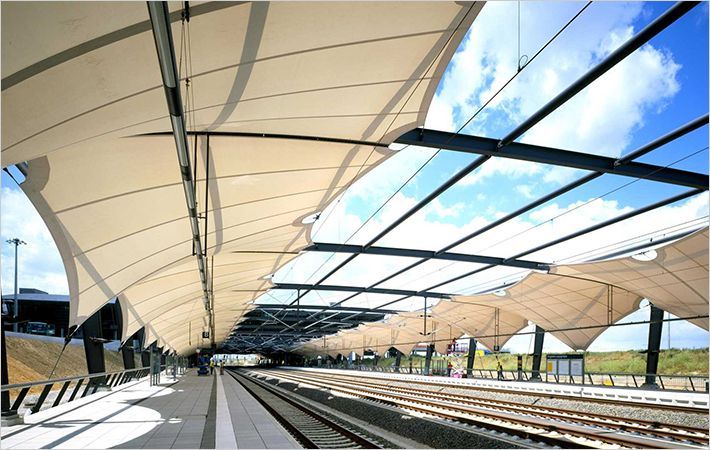AWAK Technologies announced it has entered into an exclusive agreement with Baxter International, Inc. for the development of innovative wearable dialysis technology. The agreement enables AWAK to continue the development of its investigational peritoneal dialysis-based automated wearable artificial kidney.
AWAK Technologies is a research-focused, medical technology company dedicated to the development and commercialization of unique sorbent-based dialysis regeneration technology for wearable and portable dialysis technology used in the treatment of end-stage renal disease (ESRD). About AWAK Technologies
AWAK Technologies Pte Ltd. was incorporated in 2007, wiith offices in Singapore and Burbank, CA. The company is dedicated to the research, development and #
The company is a leader in the miniaturization of dialysis technology and their sorbent technology is a key component for dialyses regeneration and it is used in its investigational peritoneal dialysis-based automated wearable artificial kidney.
"As an innovative and technology driven company, we focused on bringing a game-changing technology to meet the needs of dialysis patients around the world," said Dr Gordon Ku , Chairman of AWAK Technologies. "Our agreement with Baxter brings us a step closer to bringing a wearable artificial kidney to market."
The global dialysis industry is projected to reach USD 85 billion in 2015. The number of patients is projected to increase from 3.5 million in 2015 to 4 million by 2020. Numerous initiatives by government recently, such as out-come based reimbursement and cost reductions, will see migration of patients from existing center-based dialysis to portable and mobile dialysis.
"As a long-recognized global leader in dialysis, Baxter is the right company to help AWAK fulfill its vision of delivering freedom to dialysis patients worldwide and improving their quality of life," said Mr. NEO Kok-Beng, President & CEO of AWAK Technologies. "This agreement will advance our ability to grow and to bring a break-through technology to the marketplace."
"Our agreement with Baxter is part of our overall strategy to bring innovative technologies for dialysis treatment to market that include collaborations and licensing agreements with academia including the University of California, Los Angeles (UCLA) and Temasek Polytechnic, Singapore as well as working cooperatively with government agencies in the US and Singapore; such as the United States' Veteran Affairs Innovation Initiative (VAi2), SPRING Singapore and International Enterprise (IE) Singapore," Mr. Neo added.
The financial terms for the agreement are not being disclosed, but it will provide Baxter with exclusive global manufacturing and distribution license for AWAK's investigational peritoneal dialysis-based automated wearable artificial kidney, a minority ownership stake in the company and the option to purchase additional equity in the company.
About End Stage Renal Disease and dialysis
The End stage Renal Disease (ESRD) is the fifth stage of Chronic Kidney Disease (CKD) that affects the functioning of kidneys, leading to accumulation of excess fluid and toxic wastes in the blood. People with ESRD undergo either renal transplantation or dialysis.
Since renal transplantation is highly dependent on patient's health and age, dialysis scores over as the primary treatment. It was estimated as of 2011, there were 2.7 million ESRD patients of who 2.1 million were on dialysis. Of these 2.1 million, 10.8% of the patients are on peritoneal dialysis (PD) and the remaining 89.2% are on hemodialysis (HD) [1].
Dialysis treatment can be performed either at home, in dialysis center or hospital. In hemodialysis, blood is drawn out of the patient's body into a synthetic filter called dialyser. In the dialyser, there are two spaces separated by a membrane, with blood passing on one side and dialysis fluid on the other side.
Waste products and excess water passes from the blood through the membrane into the fluid through diffusion process. The fuild containing the waste products is then discarded while the clean blood is returned back to the patient's body. In peritoneal dialysis, the lining of the abdominal cavity act like the external filter to cleanse the blood. Dialysis fluid is introduced into the abdominal cavity through a permanent tube. The fluid remains in the abdominal for a certain period of time before it is drained and discarded.

